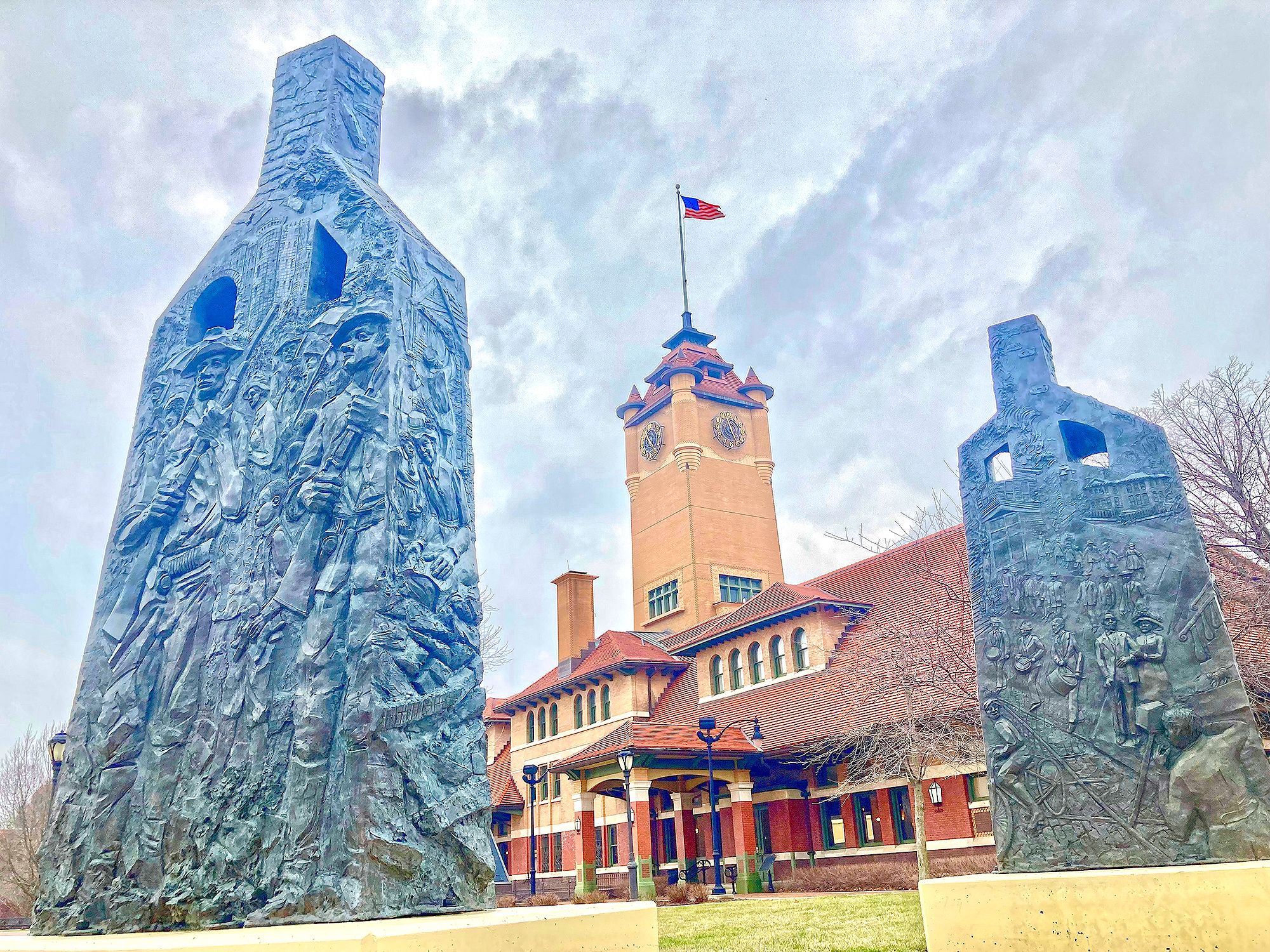Biden Designates Long-Awaited National Monuments Amid Push for More Conservation Designations Before Leaving Office

Washington D.C. - President Joe Biden has created six national monuments and restored or modified boundaries for several others, taking action under his final authority on the Antiquities Act to protect unique landscapes and cultural resources.
Despite not breaching any records in terms of designations or land set aside, conservationists say more strategic use of the Antiquities Act will be valuable going forward as developers look to build more solar and wind farms and mine for lithium and other minerals required for a green energy transition.
Biden's administration has made strides in working with some tribes on managing public lands and incorporating more Indigenous knowledge into planning and policymaking, but opposition to certain designations bubbled up. This was the case when Biden designated Baaj Nwaavjo I'tah Kukveni National Monument in Arizona just months later.
Conservation corridors are also a growing concern as developers look to build renewable energy projects across vast areas of public land. The proposed Chuckwalla National Monument, which would stretch from the Joshua Tree border to the Colorado River where it divides California and Arizona, has the support of several tribes.
One specific proposal is an expansion of California's Joshua Tree National Park, with a new monument that would add significantly to one of the largest contiguous protected corridors in the U.S. - spanning thousands of square miles along the Colorado River from Canyonlands in Utah, through the monuments already designated by Obama and Biden to the desert oases of Southern California.
Critics say if action is not taken, areas like this could be lost forever as a result of the growing demand for renewable energy projects.
Biden's administration also made strides in working with some tribes on managing public lands, but more needs to be done to incorporate Indigenous knowledge into planning and policymaking.
Some tribes support designations like Avi Kwa Ame National Monument outside Las Vegas, as it is central to the creation stories of tribes with ties to the area. The administration designated a national monument at Camp Hale in Colorado, which includes remnants of training ground for soldiers in the 10th Mountain Division during World War II.
In his final weeks in office, Biden is still pushing for more conservation designations, including designating the Greenwood area of North Tulsa, Oklahoma — the site of the 1921 Tulsa Race Massacre — as a national monument. A petition also remains on the table to establish a new monument along the Maah Daah Hey Trail in the North Dakota Badlands.
Biden's vice president Kamala Harris visited this trail last month, highlighting its historical significance for Native American tribes, and Biden has urged her to continue promoting the land's original inhabitants' stories in any future designation.
As for why so much emphasis is being placed on these designations at a time when more pressing environmental issues loom large, conservationists point out that the stakes have never been higher. The fight over control of public land spans decades and will increasingly be seen as an enduring battle amidst concerns about pollution, climate change, and energy development.
Biden's presidency marks a turning point for the Antiquities Act, which has protected vast swaths of public lands since its 1906 inception. Biden is leaving office with a record of designations, including some key additions to national monuments that reflect his administration's understanding of the complex cultural history of the American West.
Overall, despite not seeing the number or land of new designations he would have liked, the president has shown significant progress in using his final authority under the Antiquities Act before leaving office.
